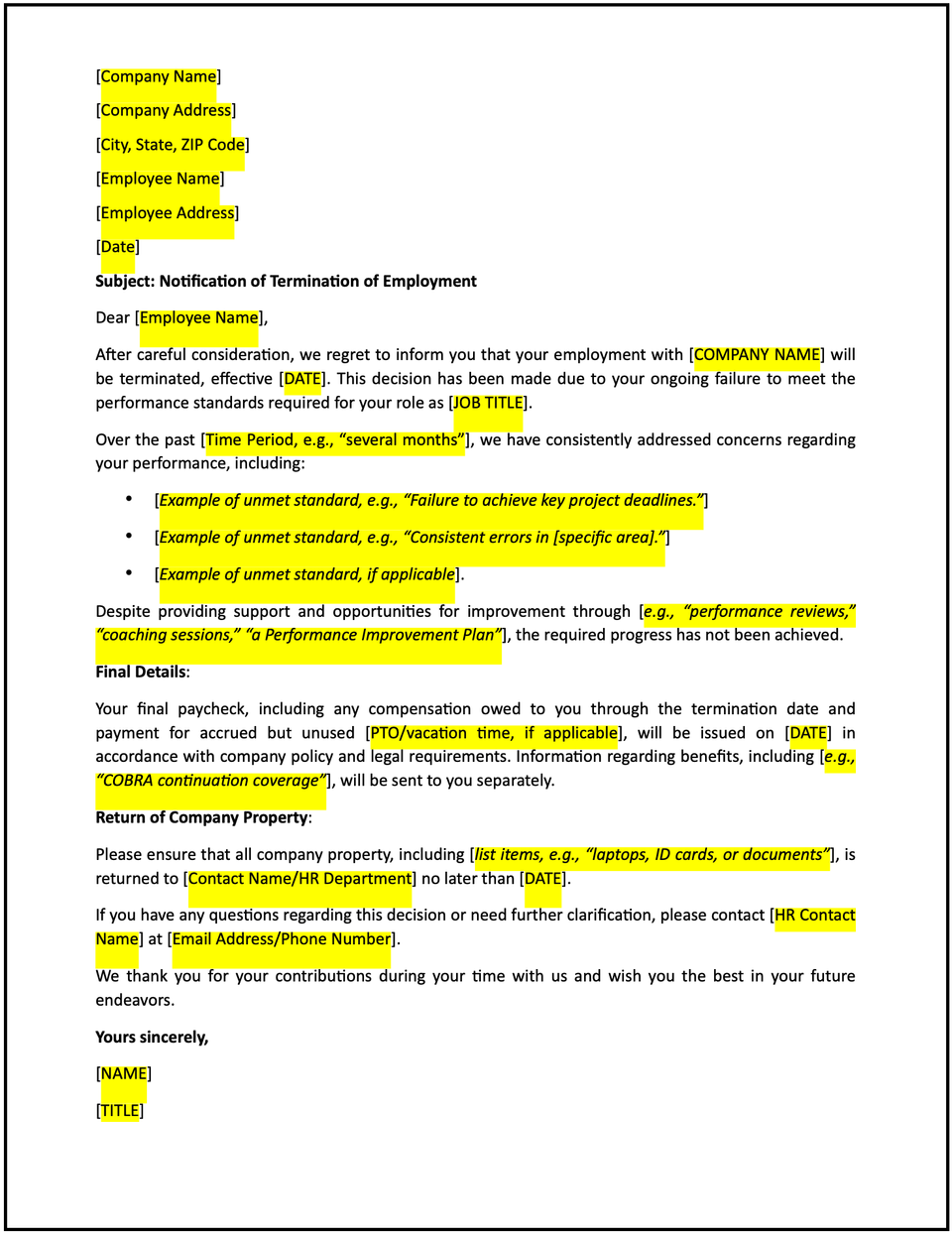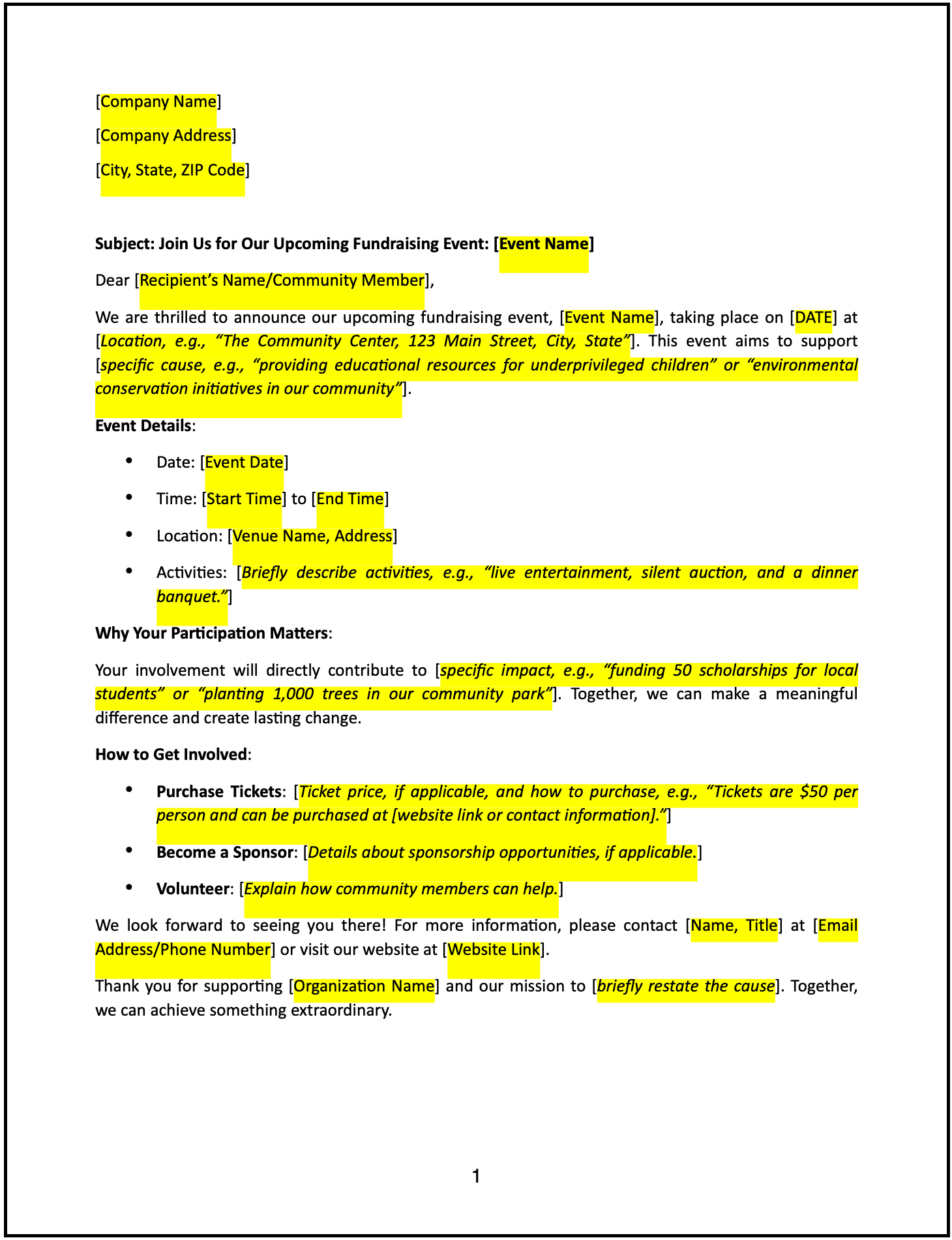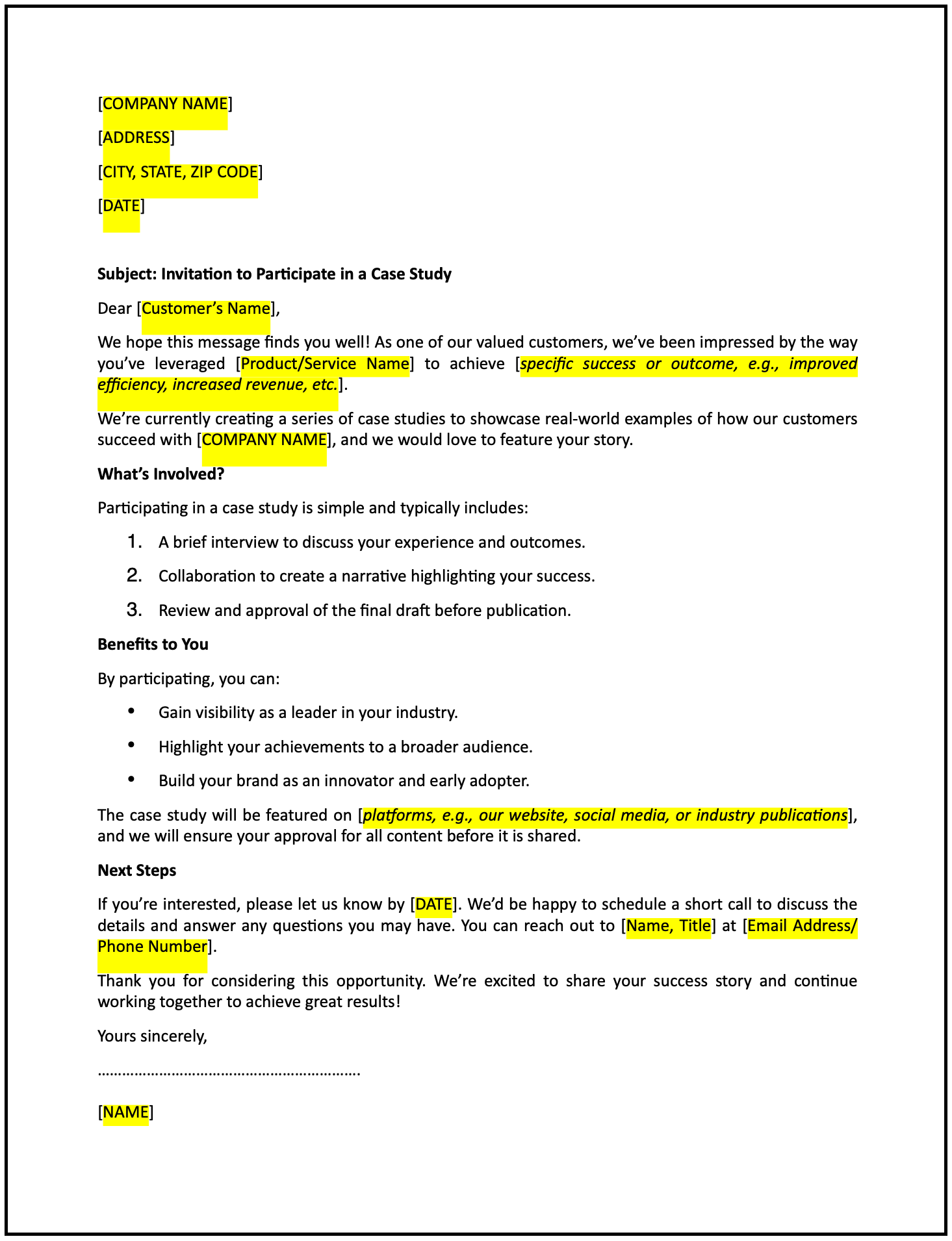Letter of termination due to failure to meet performance standards: Free template

Letter of termination due to failure to meet performance standards
A notification letter of termination due to failure to meet performance standards is a formal way to inform an employee that their employment is ending because they have not met the expectations outlined for their role. This letter ensures professionalism, provides clear reasoning, and outlines next steps.
How to use this letter of termination due to failure to meet performance standards
- Open with acknowledgment: Begin by referencing prior performance discussions, reviews, or improvement plans.
- State the decision: Clearly communicate that the employee’s employment is being terminated due to their inability to meet performance standards.
- Provide reasoning: Outline the specific areas where performance fell short, referencing any goals or metrics that were not achieved.
- Mention prior support: Highlight any training, coaching, or performance improvement plans provided to address the issues.
- Specify the termination details: Include the effective date of termination and any applicable notice period.
- Outline next steps: Provide details about final payments, benefits, returning company property, and exit procedures.
- Maintain professionalism: Ensure the letter is respectful, clear, and focused on closure.
- Provide contact information: Include details for further discussions or to address questions about the termination process.
Benefits of using a letter of termination due to failure to meet performance standards
This letter template ensures a structured and professional way to communicate termination while fostering transparency and fairness. Here’s how it helps:
- Promotes clarity: Clearly outlining the reasons for termination minimizes misunderstandings.
- Reflects professionalism: A respectful tone reinforces the organization’s credibility and fairness.
- Encourages closure: Providing next steps helps the employee understand the process and transition effectively.
- Reduces disputes: Referencing prior support and specific performance issues minimizes potential conflicts.
- Provides documentation: A formal record of the termination is valuable for HR and legal purposes.
Tips for writing an effective letter of termination due to failure to meet performance standards
- Be specific: Clearly describe the performance issues and reference any prior reviews or improvement plans.
- Use professional language: Maintain a respectful tone to convey the seriousness of the decision.
- Highlight prior support: Emphasize the efforts made by the organization to help the employee improve.
- Include next steps: Provide details about final payments, benefits, and exit procedures.
- Keep it concise: Focus on the key points while ensuring the tone is clear and professional.
Frequently asked questions (FAQs)
Q: What details should I include in this letter?
A: Include the performance issues, prior support provided, termination decision, effective date, and next steps.
Q: Should I personalize the letter?
A: Yes, addressing the employee directly ensures clarity and demonstrates attentiveness.
Q: Who typically sends this letter?
A: The employee’s manager, supervisor, or an HR representative usually sends this letter.
Q: How formal should this letter be?
A: The tone should be highly professional and respectful, focusing on clarity and closure.
Q: When should this letter be sent?
A: Send the letter promptly after finalizing the termination decision and ensuring compliance with company policies.
Q: Can this letter include severance details?
A: Yes, if applicable, mentioning severance pay or other benefits can help facilitate a smoother transition.
Q: Is acknowledgment from the recipient required?
A: While not mandatory, requesting acknowledgment ensures the employee understands the termination and next steps.
This article contains general legal information and does not contain legal advice. Cobrief is not a law firm or a substitute for an attorney or law firm. The law is complex and changes often. For legal advice, please ask a lawyer.


